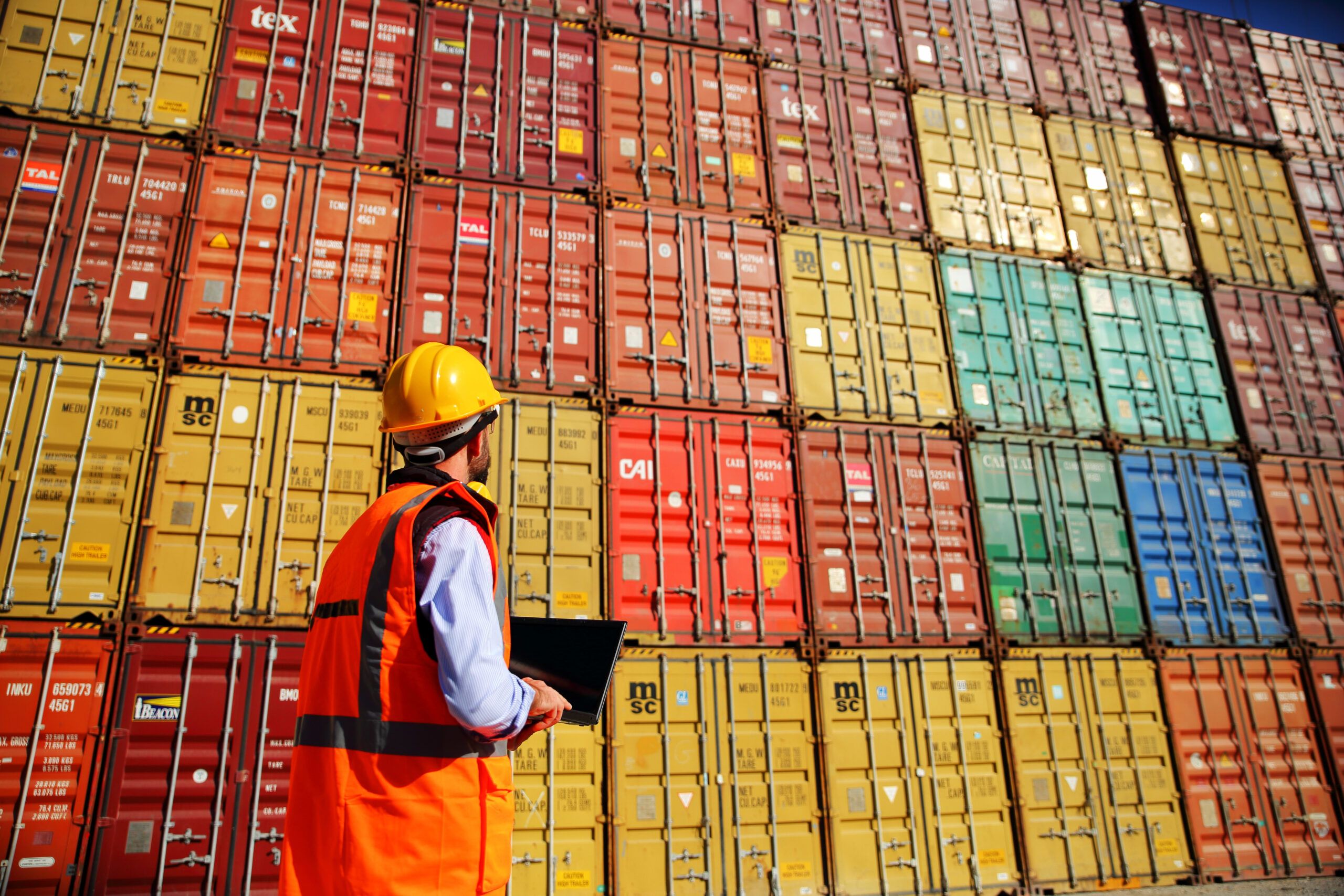Until recently, Asian markets have depended primarily upon West Coast ports to get their goods ashore, which then make the long journey by rail to the U.S. heartland. That’s no longer an attractive proposition as ships there are routinely stacked up for days due to a lack of longshoremen and a rail bottleneck. That’s forcing manufacturers and shippers to look for alternative routes, and making Louisiana’s ports look very attractive, says 10/12 Industry Report in its Fall 2021 issue.
Tommy Clark, CEO of Clark Global Group in Baton Rouge, says the time is now for southeast Louisiana to capitalize upon a fortuitous confluence of factors and transform itself into an intermodal hub. “The West Coast supply chain is in disarray and there’s no timeline in sight for that to be corrected,” says Clark, an independent multimodal infrastructure developer and prior commissioner of DOTD’s Office of Multimodal Commerce. “Right now, there are probably 40 ships anchored at Los Angeles and Long Beach, and costs are skyrocketing on container rates.”
Everything is falling into place, says Brandy Christian, president and CEO of the Port of New Orleans. The widening of the Panama Canal has allowed large Panamex ships to easily access Gulf of Mexico ports, the Mississippi River is being dredged to 50 feet deep and significant investments are being made in new container terminals up and down the river. And while southern California ports are burdened by congested rail lines, Louisiana offers six Class 1 railroads and a natural river route to the Midwest. Read the full story.



